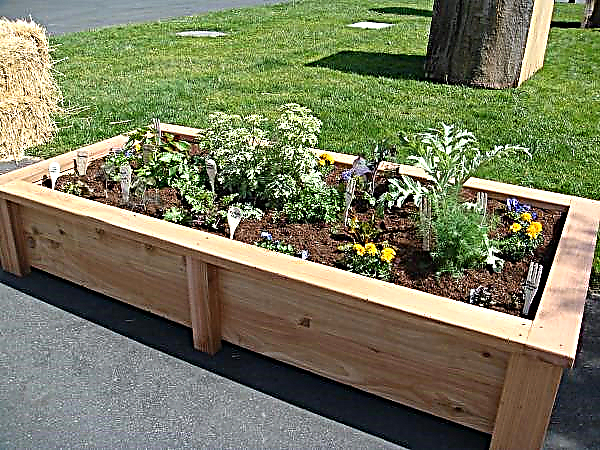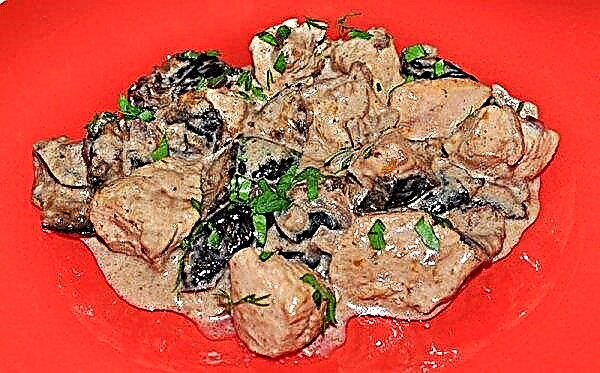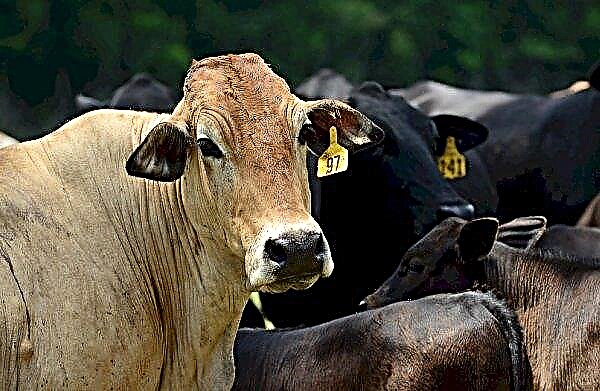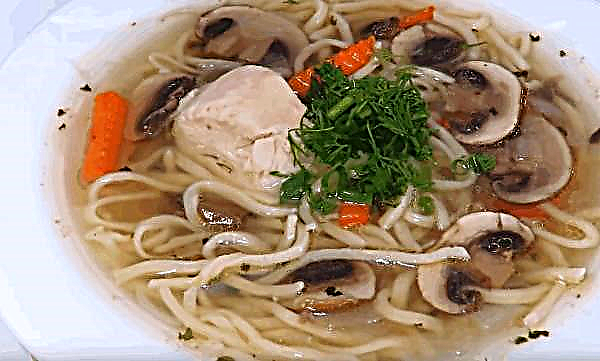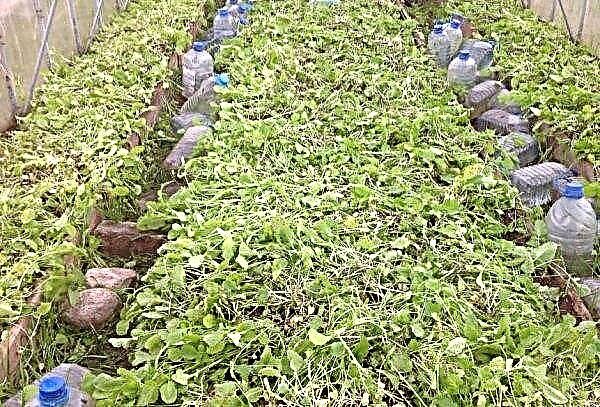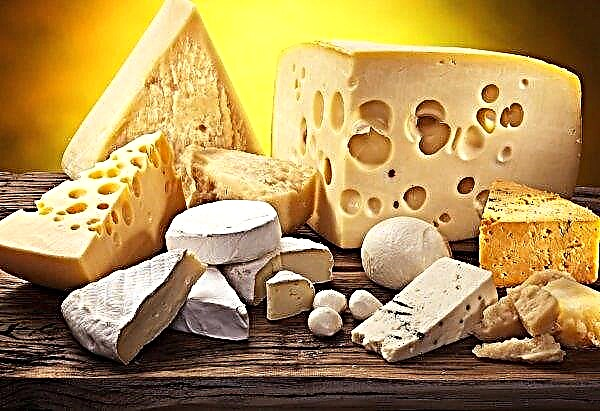To make the soil more fertile, it needs to be fertilized regularly. Most often, compost is used for fertilizer, humus and green manure - “green manure”. Buckwheat is one of the best representatives of fast-growing annual crops that are used to fertilize the soil. In this article, you will learn about the benefits and harms of buckwheat as a siderate and the rules for growing it.
The benefits and harms of buckwheat as siderata
- Buckwheat has a number of advantages as a siderate:
- The plant has a positive effect on soil health, especially after cereals. With its help, the soil is freed from pathogenic organisms.
- Buckwheat is a very good fertilizer before planting almost all vegetable crops.
- Weed growth is suppressed due to the wide root system.
- Use buckwheat is useful as a siderate when planting near trees and vineyards. It can protect the earth from overdrying and attracts many beneficial insects during flowering.
- In sideration, buckwheat roots play the largest role. They make the soil more loose, allow a large amount of air to pass under the ground. Saturate the earth with nitrogen and phosphorus.
- But also this sowing culture has a number of disadvantages, which include:
- Poor tolerance of frost and drought.
- If the buckwheat is planted too thickly, then its roots are too densely intertwined and the soil will be difficult to cultivate.
- Coziness with some types of agricultural crops.
What crops to use
Such green manure is ideally suited for use in almost all plant families except buckwheat (for example, rhubarb, sorrel, etc.). It is an excellent precursor for many vegetable crops, including carrots, cucumbers and even strawberries. Also, as mentioned earlier, buckwheat will be an excellent fertilizer before planting shrubs and fruit trees, because it creates air exchange at a depth of 2 meters and structures the soil.

If you want to sow cereals, it is necessary that the soil is soft and loose. Separately, it is worth noting the good interaction of this kind of green manure with herbs: sorrel, dill, caraway seeds, celery and parsley. Many gardeners advise to plant buckwheat with cabbage. But it is better not to use buckwheat near potatoes and oats.
Growing rules
The technology for growing such green manure is not very complicated, but it is worth remembering that in hot regions watering should be frequent. Untreated seeds are taken for sowing, which can be bought at pet stores or garden centers.
Important! You can sow green fertilizer throughout the summer. In autumn, you need to plant no later than 1.5 months before frost.
What time to sow
The most suitable time for sowing buckwheat as siderat is May or the end of April, when the earth warmed up at least 8 cm and no frosts are foreshadowed. In autumn, the plant is mowed, leaving stems 10-15 cm high. During the winter, the shoots rot, and in the spring, when digging, beneficial bacteria rise up and the soil is saturated with organic matter.
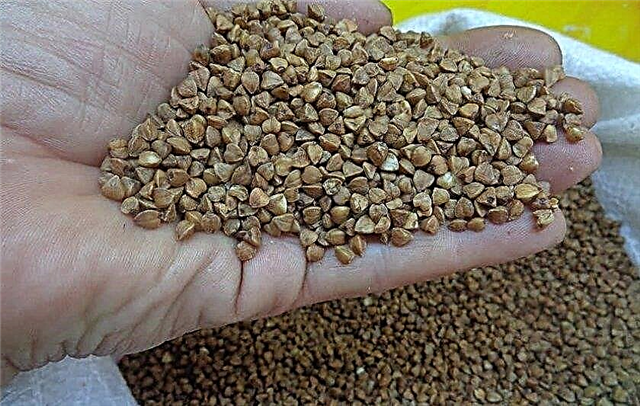
How to plant
The seeds are planted initially in warm soil:
- Dig the soil with a cultivator.
- Buckwheat is buried in the soil by an average of 5 cm. About 10-15 g of seeds are spent on 1 m² of land.
- If planting takes place on the field, then a skating rink is used for sowing. If you simply fertilize the garden, then you can handle it with a rake.

Single and multiple sowing
The first sowing takes place in May, and it is the main one. The second occurs immediately after the harvesting of green manure, but the third time it is necessary to plant buckwheat so that the crop can ripen before the first frost.
Did you know? With the help of buckwheat husk, you can improve your sleep, because it’s not for nothing that pillows from insomnia fill it, because they believe that it positively affects biological points in the body.
But still, great results should be expected in the spring, when there is more moisture in the soil. The third sowing is left without mowing for the winter. Such repeated sowing will not make the soil quality better, but will help to protect it from different weeds.
Video: buckwheat as a siderat
Proper care
The main point when growing is abundant watering, especially in regions where drought is often in summer. But there is no need to overdo it, because dirt is no better than a dry crust. The first shoots will begin to descend within a week after planting, and a month later the flowering period of the lower sprouts will begin. A few days after this, the lateral stems begin to bloom. In general, the flowering period takes about 30 days, just then they begin to harvest. During flowering, buckwheat is cut under the root with a plane cutter.
Did you know? Buckwheat is an environmentally friendly product, because it can not be genomodified.
When to mow and how to dig
First of all, the greenery is removed, then the roots are removed with a depth of 7-10 cm and mixed with the ground. Above the roots there should also be a layer of earth. After mowing, you need to leave the soil just to stand for 2-3 weeks, so that the roots do not clog the crops that will grow after buckwheat.
 Buckwheat begins to mow during flowering.
Buckwheat begins to mow during flowering.
In case you want to get your own seeds for planting, leave a place where buckwheat will continue to bloom. In the period before receiving seeds for the plant, constant care and watering is necessary.
Thus, buckwheat is an excellent siderate for growing many useful agricultural crops. It is a wonderful predecessor, because it reduces the amount of weed, saturates the earth with nutrients and improves the soil.


